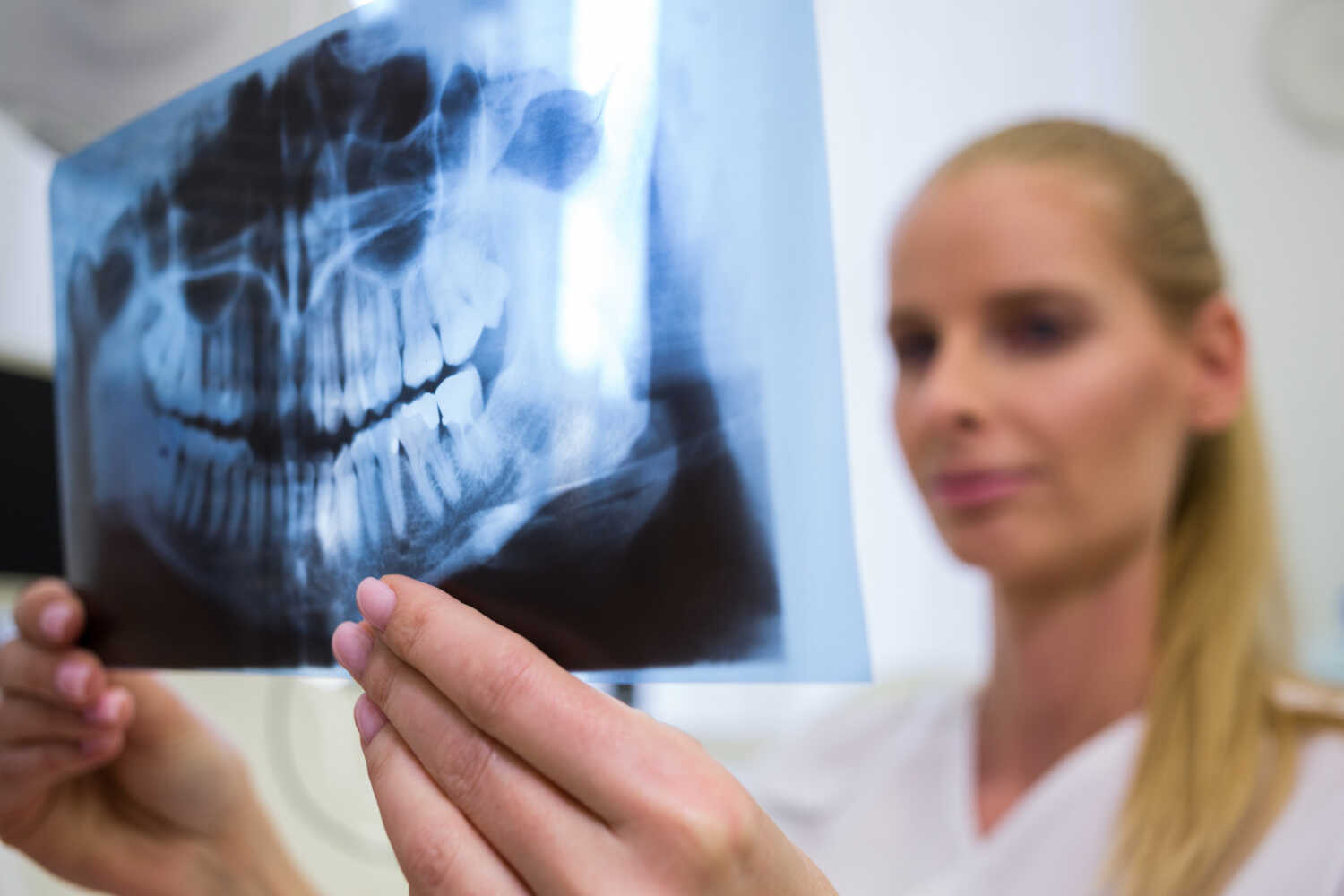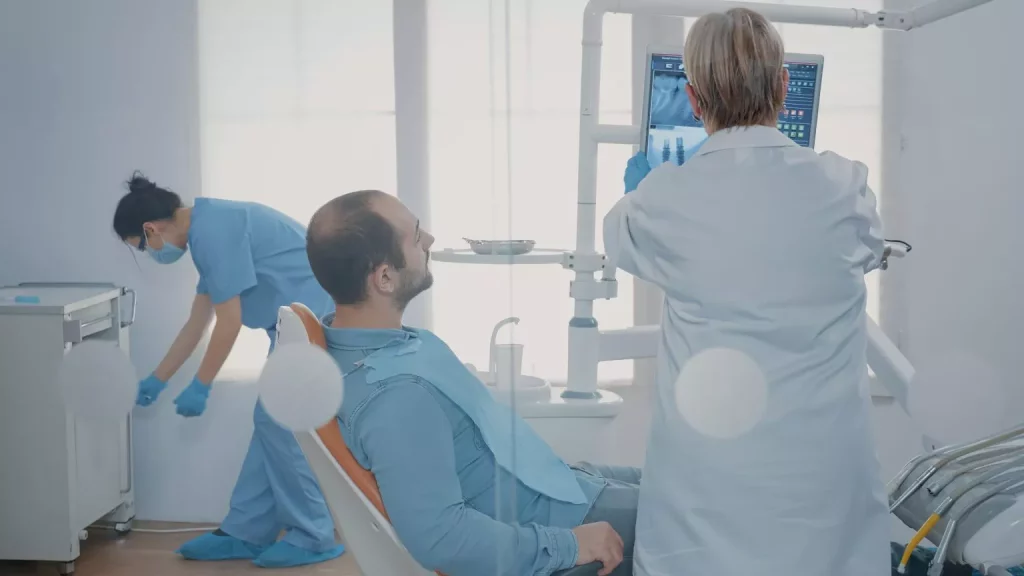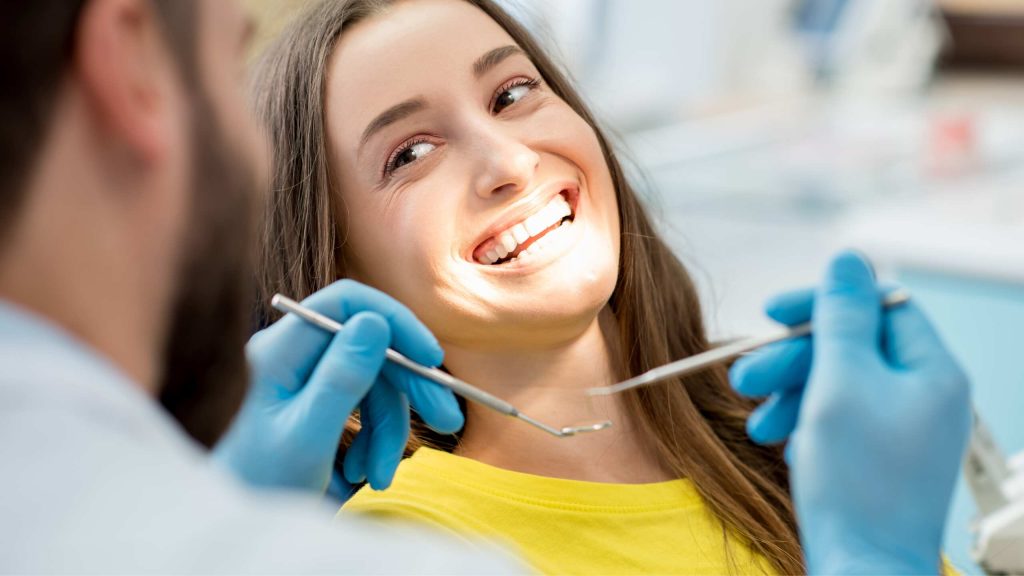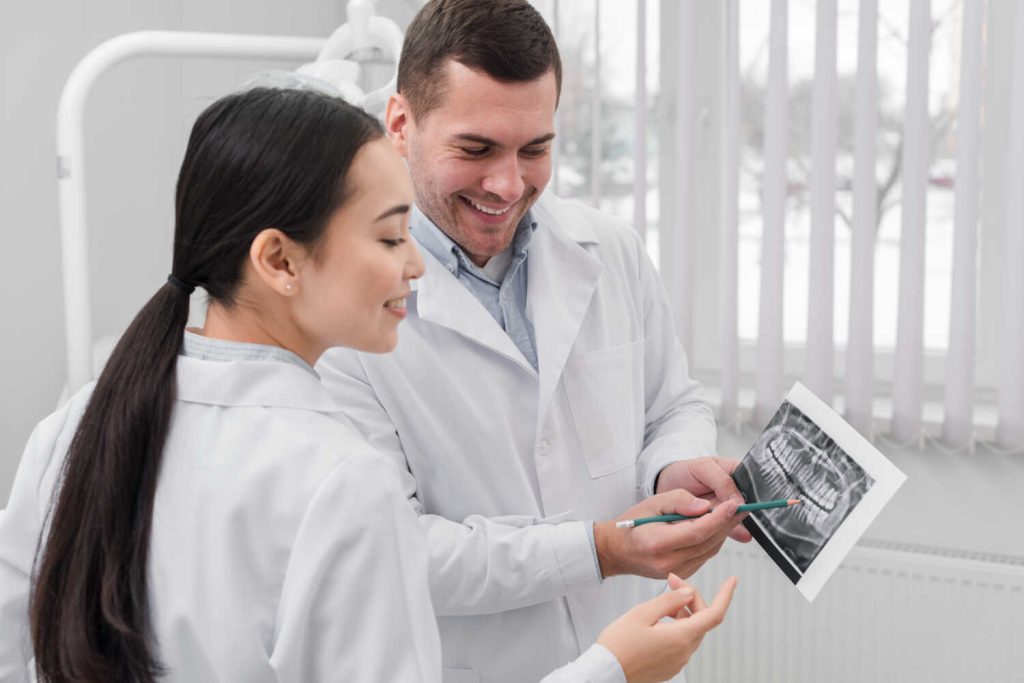
Any dental clinic needs a dental X-ray machine as necessary equipment. They offer helpful diagnostic data that aid dentists in identifying dental conditions like cavities, gum disease, and other dental disorders. Dental practitioners have relied on dental X-ray devices for many years to provide them with essential diagnostic data. The development of more precise and accurate equipment due to technological developments has reduced patient radiation exposure while improving diagnostic accuracy. These tools provide a variety of advantages, such as the early detection of dental issues, thorough images of dental structures, accurate treatment planning, and less radiation exposure.
Maintaining healthy teeth and gums requires routine dental exams and X-rays. Dental X-ray devices allow dentists to locate and address dental problems before they become more serious. Patients can make wise judgments regarding their dental health if they are better aware of a dental X-ray machine’s different types and advantages. Dental professionals can create a detailed treatment plan for their patients utilizing these tools, ensuring the highest quality of care. It is impossible to overestimate the advantages of dental X-ray machines because they are essential for preserving good oral health and general well-being.
Categories of Dental X-Ray Machine
The following are the various types of dental X-ray devices.
- INTRAORAL X-RAY DEVICES
Dental offices frequently employ intraoral X-ray equipment. They create X-ray images of the surrounding bone structures and teeth. They are excellent for identifying tooth decay, bone loss, and cavities. Film-based and digital intraoral X-ray equipment are the two further classifications for these devices.
- EXTRAORAL X-RAY DEVICES
The head and neck can be radiographed using extraoral X-ray equipment. They offer a thorough image of the area’s jawbone and tissues. Panoramic, cephalometric, and tomographic X-ray machines are included under extraoral X-ray equipment.
- CBCT (CONE BEAM CT) DEVICES
Cone beam CT equipment creates 3D images of the teeth and surrounding tissues. They offer a thorough image of dental structures to diagnose dental disorders like bone loss, impacted teeth, and other dental concerns.
- 360-DEGREE X-RAY MACHINES
The entire mouth is captured in a single image by panoramic X-ray devices. They give dentists a thorough look at the jawbone, teeth, and other components. They help identify oral conditions such as sinus problems, tumors in the jaw, and wisdom teeth.
Advantages of Dental X-Ray Machine
Dental X-ray machines have several advantages, including:
- EARLY RECOGNITION OF DENTAL ISSUES
X-rays can identify tooth issues in their early stages before they worsen, necessitating more intrusive treatments. Early detection effectively treats dental issues, leading to improved dental health.
- DETAILED VIEW OF DENTAL STRUCTURES
Dental X-rays offer a detailed view of dental structures, enabling dentists to spot problems that are not noticeable during a routine dental examination. This makes it possible for dentists to create a detailed treatment plan for their patients.
- SPECIFIC TREATMENT PLAN
Dental X-rays assist dentists in creating a detailed treatment strategy. They offer useful details on the location, scope, and severity of dental problems. This aids dentists in selecting the most successful and efficient course of action for their patients.
- LOWER RADIATION EXPOSURE
Patients are less likely to be exposed to radiation since modern dental X-ray machines use less radiation than earlier models. Dental X-ray exposure is safe for all patients.
Conclusion
The dental X-ray machine is an important device for any dental clinic. They provide several advantages, such as less radiation exposure, accurate treatment planning, early diagnosis of dental issues, and a thorough understanding of dental anatomy. Dental X-rays are now safe and essential for identifying and treating dental problems because of improvements in dental technology that have considerably minimized the hazards connected with them. Dentists can continue to rely on dental X-ray machines to give their patients high-quality dental care.




